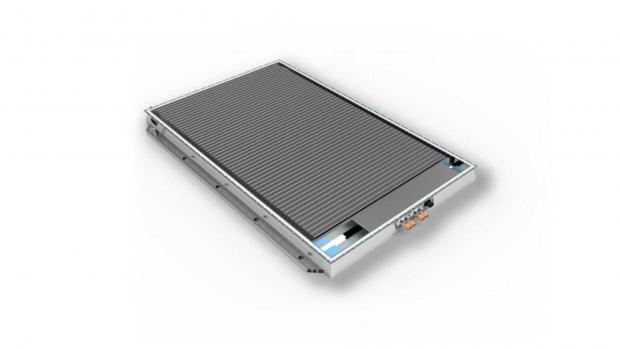
Breaking News
 Catching Up with Candace – Her Meeting with Erika Kirk and Interview with Military Whistleblower
Catching Up with Candace – Her Meeting with Erika Kirk and Interview with Military Whistleblower
 Brown University Shooter Found Dead, May Be Linked to Murdered MIT Professor
Brown University Shooter Found Dead, May Be Linked to Murdered MIT Professor
 The last time a president installed a "shadow Fed chair," inflation hit 12%.
The last time a president installed a "shadow Fed chair," inflation hit 12%.
 FULL SPEECH: Tucker on the America First Movement & New "Deplatforming" Agenda
FULL SPEECH: Tucker on the America First Movement & New "Deplatforming" Agenda
Top Tech News
 This tiny dev board is packed with features for ambitious makers
This tiny dev board is packed with features for ambitious makers
 Scientists Discover Gel to Regrow Tooth Enamel
Scientists Discover Gel to Regrow Tooth Enamel
 Vitamin C and Dandelion Root Killing Cancer Cells -- as Former CDC Director Calls for COVID-19...
Vitamin C and Dandelion Root Killing Cancer Cells -- as Former CDC Director Calls for COVID-19...
 Galactic Brain: US firm plans space-based data centers, power grid to challenge China
Galactic Brain: US firm plans space-based data centers, power grid to challenge China
 A microbial cleanup for glyphosate just earned a patent. Here's why that matters
A microbial cleanup for glyphosate just earned a patent. Here's why that matters
 Japan Breaks Internet Speed Record with 5 Million Times Faster Data Transfer
Japan Breaks Internet Speed Record with 5 Million Times Faster Data Transfer
 Advanced Propulsion Resources Part 1 of 2
Advanced Propulsion Resources Part 1 of 2
 PulsarFusion a forward-thinking UK aerospace company, is pushing the boundaries of space travel...
PulsarFusion a forward-thinking UK aerospace company, is pushing the boundaries of space travel...
 Dinky little laser box throws big-screen entertainment from inches away
Dinky little laser box throws big-screen entertainment from inches away
 'World's first' sodium-ion flashlight shines bright even at -40 ºF
'World's first' sodium-ion flashlight shines bright even at -40 ºF
BYD Reveals Ultra-Safe Blade Battery: Pierces It With A Nail

The Chinese battery and EV tycoon BYD officially launched its all-new Blade Battery, which within the next few months will debut in first electric models.
The Blade Battery is essentially a lithium iron phosphate (LFP) battery, but in a new approach to significantly increase safety and volumetric energy density as well as reduce costs.
"At an online launch event themed "The Blade Battery – Unsheathed to Safeguard the World", Wang Chuanfu, BYD Chairman and President, said that the Blade Battery reflects BYD's determination to resolve issues in battery safety while also redefining safety standards for the entire industry."
To improve the batteries, BYD changed the conventional prismatic LFP cells into thinner and longer cells, which were designed to become structural parts (beams) of the pack. That simplifies the pack design.
BYD argues that conventionally, only about 40% of the battery pack volume is batteries (cells take 80% of a module, and modules take 50% of the pack). In the case of the new Blade Battery approach - cell-to-pack (CTP) technology - the batteries take 60% of pack volume, which is a 50% improvement.
"The Blade Battery has been developed by BYD over the past several years. The singular cells are arranged together in an array and then inserted into a battery pack. Due to its optimized battery pack structure, the space utilization of the battery pack is increased by over 50% compared to conventional lithium iron phosphate block batteries."



